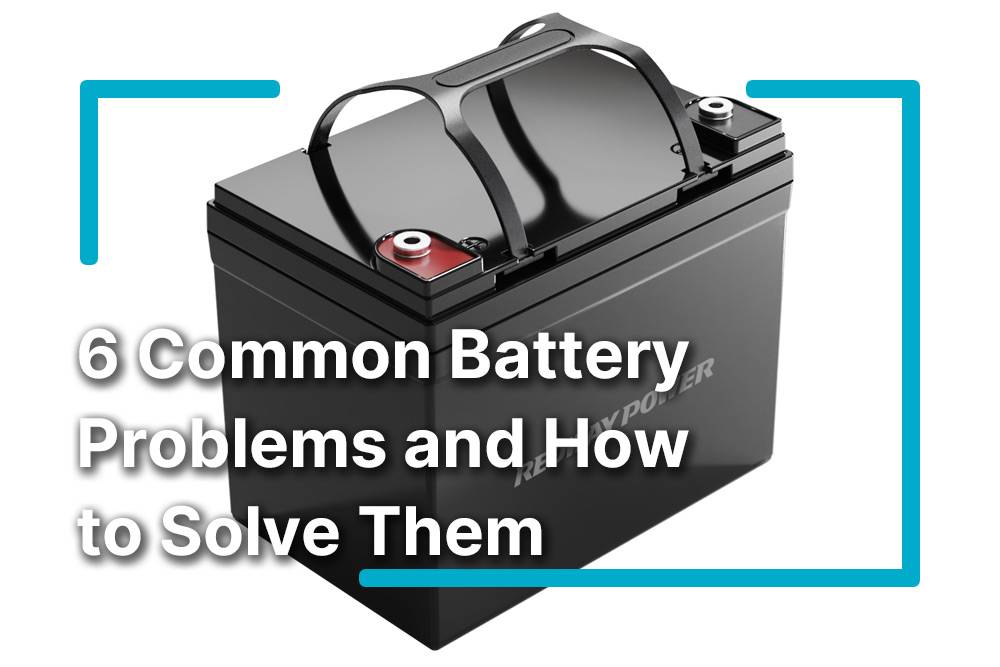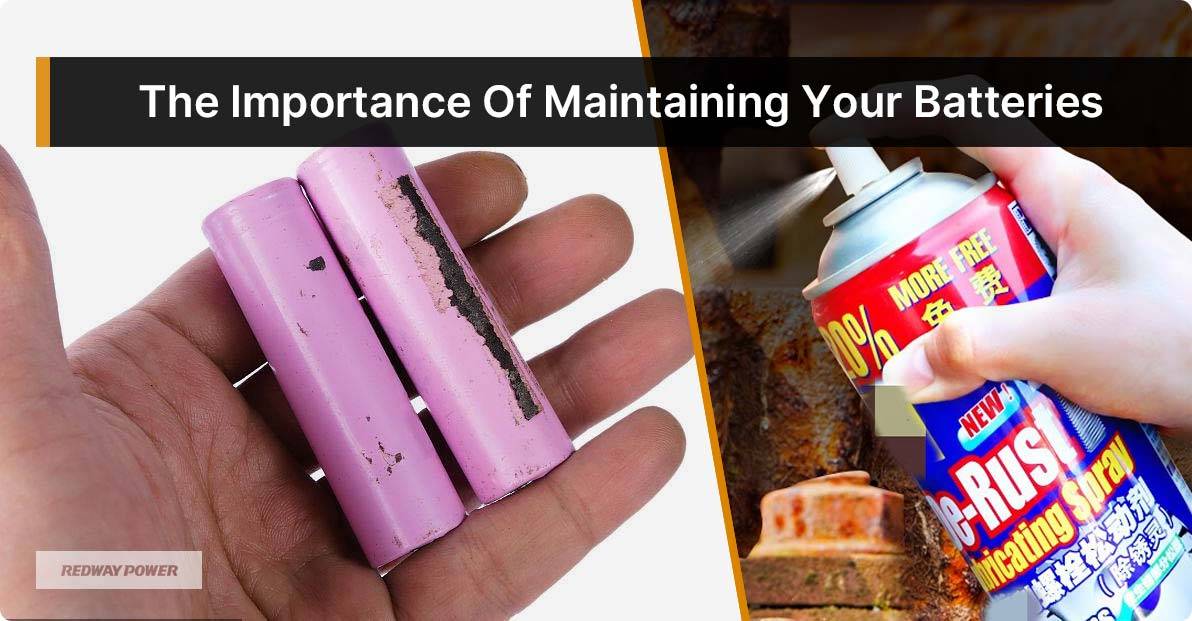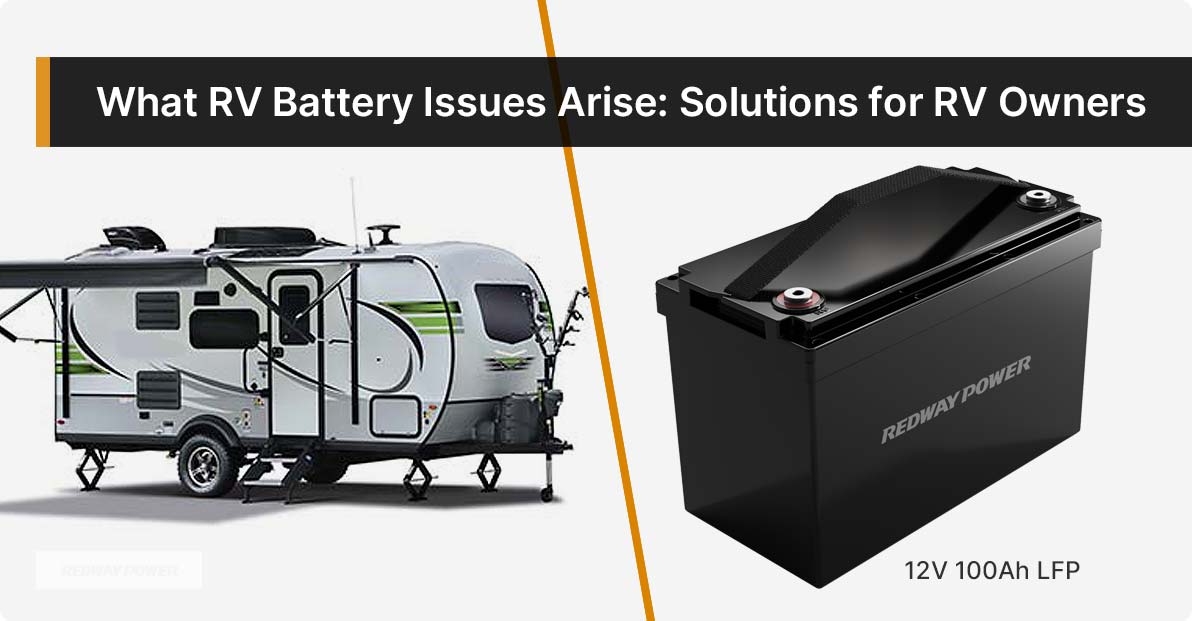- Lithium Golf Cart Battery
- Forklift Lithium Battery
-
48V
- 48V 210Ah
- 48V 300Ah
- 48V 420Ah (949 x 349 x 569 mm)
- 48V 420Ah (950 x 421 x 450 mm)
- 48V 456Ah
- 48V 460Ah (830 x 630 x 590 mm)
- 48V 460Ah (950 x 421 x 450 mm)
- 48V 460Ah (800 x 630 x 600 mm)
- 48V 460Ah (820 x 660 x 470 mm)
- 48V 500Ah
- 48V 560Ah (810 x 630 x 600 mm)
- 48V 560Ah (950 x 592 x 450 mm)
- 48V 600Ah
- 48V 630Ah
-
48V
- 12V Lithium Battery
12V 150Ah Lithium RV Battery
Bluetooth App | BCI Group 31
LiFePO4 Lithium
Discharge Temperature -20°C ~ 65°C
Fast Charger 14.6V 50A
Solar MPPT Charging - 24V Lithium Battery
- 36V Lithium Battery
- 48V Lithium Battery
-
48V LiFePO4 Battery
- 48V 50Ah
- 48V 50Ah (for Golf Carts)
- 48V 60Ah (8D)
- 48V 100Ah (8D)
- 48V 100Ah
- 48V 100Ah (Discharge 100A for Golf Carts)
- 48V 100Ah (Discharge 150A for Golf Carts)
- 48V 100Ah (Discharge 200A for Golf Carts)
- 48V 150Ah (for Golf Carts)
- 48V 160Ah (Discharge 100A for Golf Carts)
- 48V 160Ah (Discharge 160A for Golf Carts)
-
48V LiFePO4 Battery
- 60V Lithium Battery
-
60V LiFePO4 Battery
- 60V 20Ah
- 60V 30Ah
- 60V 50Ah
- 60V 50Ah (Small Size / Side Terminal)
- 60V 100Ah (for Electric Motocycle, Electric Scooter, LSV, AGV)
- 60V 100Ah (for Forklift, AGV, Electric Scooter, Sweeper)
- 60V 150Ah (E-Motocycle / E-Scooter / E-Tricycle / Tour LSV)
- 60V 200Ah (for Forklift, AGV, Electric Scooter, Sweeper)
-
60V LiFePO4 Battery
- 72V~96V Lithium Battery
- Rack-mounted Lithium Battery
- E-Bike Battery
- All-in-One Home-ESS
- Wall-mount Battery ESS
-
Home-ESS Lithium Battery PowerWall
- 24V 100Ah 2.4kWh PW24100-S PowerWall
- 48V 50Ah 2.4kWh PW4850-S PowerWall
- 48V 50Ah 2.56kWh PW5150-S PowerWall
- 48V 100Ah 5.12kWh PW51100-F PowerWall (IP65)
- 48V 100Ah 5.12kWh PW51100-S PowerWall
- 48V 100Ah 5.12kWh PW51100-H PowerWall
- 48V 200Ah 10kWh PW51200-H PowerWall
- 48V 300Ah 15kWh PW51300-H PowerWall
PowerWall 51.2V 100Ah LiFePO4 Lithium Battery
Highly popular in Asia and Eastern Europe.
CE Certification | Home-ESS -
Home-ESS Lithium Battery PowerWall
- Portable Power Stations
What Are the Common Battery Problems and How Can You Solve Them?

Common battery problems can lead to unexpected vehicle breakdowns and reduced performance. Understanding these issues, such as corrosion, frequent jump-starts, low fluid levels, and more, allows you to implement targeted solutions that enhance your battery’s longevity and reliability.
What are the most common battery problems encountered?
Several issues commonly affect batteries, particularly in vehicles. These include:
- Corrosion: White powdery substance on terminals.
- Frequent Jump Starts: Indicates a failing or weak battery.
- Low Fluid Levels: Insufficient electrolyte can lead to underperformance.
- Damaged Battery Case: Can cause leaks and internal corrosion.
- Discharged Batteries: Often due to prolonged inactivity or electrical faults.
| Problem | Description |
|---|---|
| Corrosion | White powder on terminals affecting conductivity |
| Frequent Jump Starts | Indicates potential failure or electrical issues |
| Low Fluid Levels | Insufficient electrolyte reduces capacity |
| Damaged Battery Case | Leads to leaks and compromised performance |
| Discharged Batteries | Caused by inactivity or electrical drains |
How does corrosion impact battery performance and how can it be fixed?
Corrosion occurs when sulfuric acid from the battery reacts with moisture in the air, resulting in a white powdery substance on the terminals. This buildup increases resistance, making it difficult for electricity to flow.
Solution:
To fix corrosion:
- Disconnect the battery terminals.
- Clean with a mixture of baking soda and water using a wire brush.
- Reconnect terminals securely after cleaning.
| Step | Action |
|---|---|
| Disconnect | Remove terminals before cleaning |
| Clean | Use baking soda solution on corroded areas |
| Reconnect | Ensure tight connections after cleaning |
Why do batteries frequently require jump-starts, and what can be done about it?
Frequent jump-starts often indicate that the battery is failing or that there are underlying electrical issues within the vehicle. This can result from:
- Old Age: Batteries typically last 3–5 years.
- Electrical Drains: Faulty wiring or accessories left on can deplete charge.
- Sulfation: Lead sulfate crystals build up when batteries are left discharged.
Solution:
To address frequent jump-starts:
- Test the battery’s health using a multimeter.
- Inspect for parasitic drains by checking all electrical components.
- Replace the battery if it shows signs of aging or damage.
| Cause | Solution |
|---|---|
| Old Age | Replace with a new battery |
| Electrical Drains | Identify and fix faulty components |
| Sulfation | Use a desulfation charger if applicable |
How can low fluid levels in a battery be addressed effectively?
Low fluid levels in batteries occur when electrolyte evaporates or leaks out, leading to poor performance and potential damage.
Solution:
To manage low fluid levels:
- Check the fluid level regularly through inspection ports or caps.
- Replenish with distilled water if needed—never use tap water.
- Ensure that charging systems are functioning correctly to prevent overheating.
| Step | Action |
|---|---|
| Check Fluid Level | Inspect regularly for adequate levels |
| Replenish | Use distilled water only |
| Monitor Charging | Ensure proper charging rates |
What steps should be taken if the battery case is damaged?
A damaged battery case can expose internal components to moisture and contaminants, leading to corrosion and electrolyte leakage.
Solution:
To resolve this issue:
- Inspect the case for cracks or leaks regularly.
- If damage is found, replace the entire battery immediately.
- Dispose of damaged batteries according to local regulations.
| Step | Action |
|---|---|
| Inspect | Regularly check for visible damage |
| Replace | Get a new battery if any damage is present |
| Dispose | Follow local guidelines for hazardous waste |
How can you resolve issues related to a discharged or weak battery?
A discharged or weak battery may struggle to hold a charge due to age, sulfation, or other issues.
Solution:
To remedy this situation:
- Charge the battery fully using an appropriate charger.
- If sulfation is suspected, use a desulfation charger.
- Replace the battery if it fails to hold charge after recharging.
| Condition | Action |
|---|---|
| Discharged | Fully charge using a suitable charger |
| Suspected Sulfation | Use desulfation technology |
| Persistent Issues | Consider replacing with a new unit |
Industrial News
Recent developments in automotive technology emphasize advancements in battery maintenance solutions aimed at prolonging lifespan and enhancing performance. Innovations such as smart chargers that monitor charge cycles and detect sulfation are becoming increasingly popular among consumers seeking reliable power sources for their vehicles. Additionally, manufacturers are focusing on producing more durable batteries that withstand extreme weather conditions.
Redway Power Insights
“Addressing common battery problems proactively can save consumers from unexpected breakdowns,” states industry expert Jane Doe from Redway Power. “Regular maintenance checks and timely replacements are key strategies for ensuring optimal performance and longevity of your vehicle’s power source.”
FAQ Section
Q1: How often should I check my car’s battery?
A1: It’s advisable to check your car’s battery at least once every month for signs of wear, corrosion, or low fluid levels.Q2: Can I clean corrosion off my car’s battery terminals?
A2: Yes, you can clean corrosion using a mixture of baking soda and water; ensure you disconnect the terminals first for safety.Q3: What should I do if my car won’t start?
A3: First, check if the problem is due to a dead battery by trying jump-starting it; if that fails, have it tested by a professional.Q4: How long does a typical car battery last?
A4: Most car batteries last between 3–5 years, depending on usage and environmental conditions; regular checks can help determine when it’s time for replacement.














